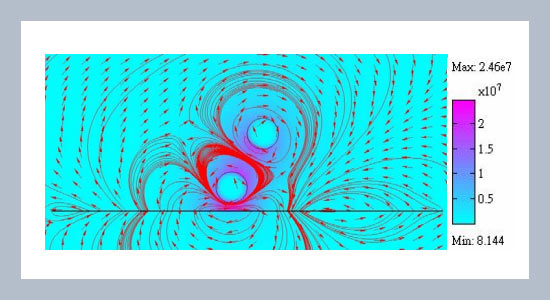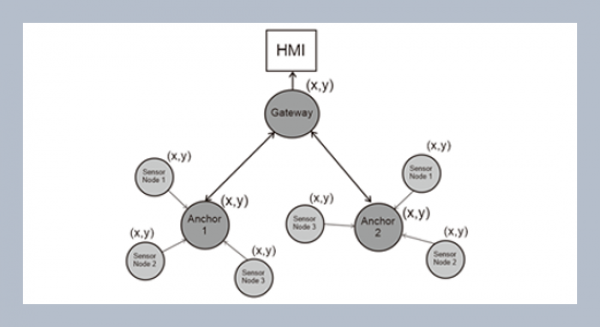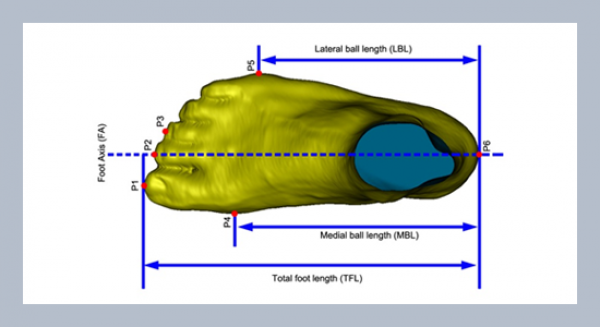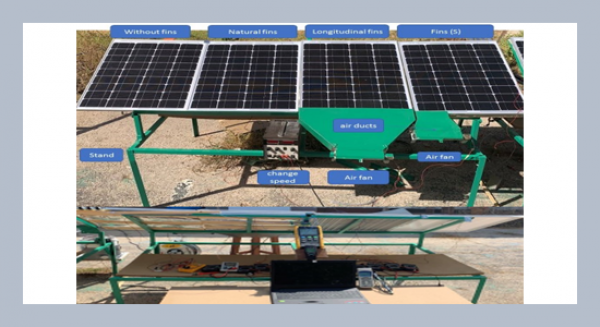Cheng-Chi Tai, Yen-Lin Pan* Department of Electrical Engineering, National Cheng Kung University
Download Citation:
|
Download PDF
Nondestructive evaluation (NDE) method has been applied to analyze the configurations of coil probes and the characteristics of discontinuities in the few years, especially the effects of probe tilt are paid attention to gradually. However, the probe tilt has been recognized as the one reason of producing noise in eddy current testing (ECT), such as the flaw manual scanning or the manufacture of probes with the irregular orientation coil. The inability to calibrate the tilt coil of probe makes it impossible to accurately inspect the surface cracks. Based on the above, we should found the applicable method to examine the structures of probe and demonstrate that it has the feasibility on investigating of probe with tilted coil. The photoinductive (PI) method is a novel inspection technique for detecting surface cracks. This paper shows how the PI technique can be utilized to analyze the effects of tilted coil of probe. The numerical multiphysics simulations of the PI imaging was performed with two dimensional finite element method (2D FEM) to characterize the variations of magnetic field and probe’s impedance on a conductive metal foil. As anticipated, the proposed model shows that the PI imaging signals can reveal the construction of the probe. The FEM simulation results of tilted coils are showed and discussed. The effects of PI signals with different excited frequencies of the coil are also examined and analyzed. The simulation results demonstrate that not only the PI method is appropriate for investigating the structures of probe, but also how the tilt probe can affect the reliability of an eddy current inspection.ABSTRACT
Keywords:
coil tilt; eddy current testing (ECT); finite element method (FEM); nondestructive testing (NDT); photoinductive imaging (PI).
Share this article with your colleagues
REFERENCES
ARTICLE INFORMATION
Accepted:
2009-04-10
Available Online:
2009-02-01
Tai, C.-C., Pan, Y.-L. 2009. Characterizing the performance of eddy current probes using photoinductive field-mapping: a numerical approach. International Journal of Applied Science and Engineering, 6, 215–221. https://doi.org/10.6703/IJASE.2009.6(3).215
Cite this article:















